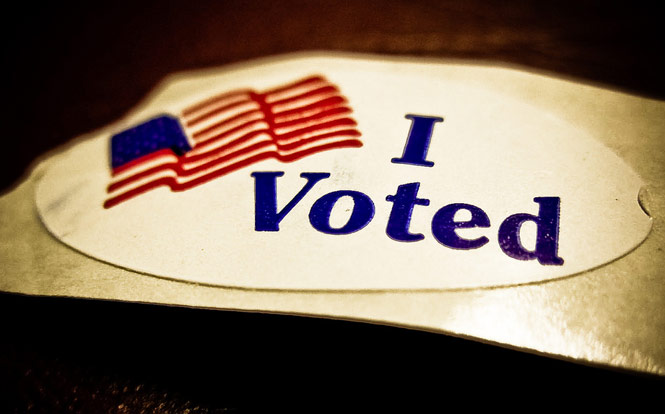Lowering the cost
Could the key to increasing voting be dramatically lowering the “cost?”
Yes, implies a recent poll from the Pew Research Center. In a survey after this recent November 2014 election, the respected pollster asked people the “main reason why you didn’t vote in the election.”
The overwhelming response — 67 percent — was “time.” This included work/school conflicts, too busy, illness, out of town, forgot.
Another 10 percent said they missed the registration deadline or recently moved, both of which could be handled by automated/online registration. Or they had no transportation, which is a time-based factor.
Only 20 percent were in the category favored by most pundits as the reasons for low voting — didn’t like candidates or issues, didn’t care, or didn’t know enough.
Which brings us to conversion.
In marketing and sales, that means closing a sale. In this assignment, it’s getting someone to vote. If the key to this conversion is lowering the “cost” versus the perceived benefit, what’s the best way to do that?
Both Joel and McQuivey recommend vote-by-texting. “Phones are better at securely identifying their owners — think Apple’s thumbprint ID or a Samsung phone’s facial recognition login technology — than most voting booths are,” McQuivey said.
Biometrics via phones or computers could handle the identity issue of tele-voting, and if other security concerns are similarly assured, this method could largely remove the time cost.
There’s also vote-by-mail, which would solve one particular problem: Connected computers and phones are not universally available. But everyone has access to mail.
The three states that are entirely vote-by-mail — Oregon, Washington, and Colorado — generally have relatively high turnout rates. In Oregon, 52 percent of eligible Oregonians voted in this past, low-turnout election. In the 2012 presidential election, 83 percent of registered Oregonians voted by mail.
By whatever means, dramatically lowering the cost in time to vote could tilt the customer’s journey toward completion.
Right now, though, it’s a journey in crisis for America’s most fundamental right.
The good news is that we live in a time when targeting your audience, employing intelligent agents and friend power, and making the cost less than the value are commonly and effectively used to successfully induce lots of people to complete their journey. And we could do so here.
If we wanted to.
VentureBeat's mission is to be a digital town square for technical decision-makers to gain knowledge about transformative enterprise technology and transact. Learn More

